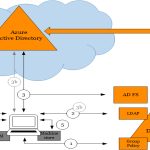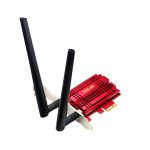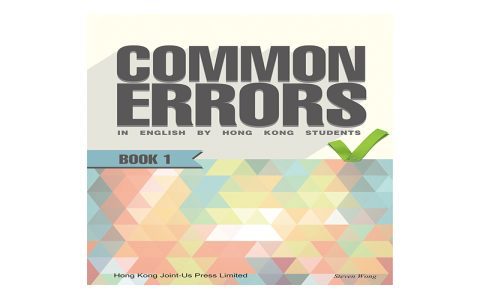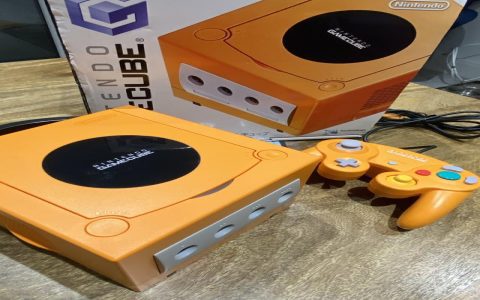Daisy-chaining surge protectors—plugging one into another—is generally unsafe and not recommended. This practice can void warranties, reduce protection effectiveness, and increase fire risks.
Why It's Hazardous
Chaining multiple surge protectors leads to several critical issues:
- Overload and Overheating: Surge protectors have limited joule ratings; stacking them can exceed their capacity, causing overheating or failures.
- Reduced Protection: Each layer adds resistance, weakening the ability to absorb and divert surges. Devices may not get adequate protection during power spikes.
- Fire Hazard: Overloads or faulty units can spark ignition in poorly ventilated setups, especially with older or low-quality protectors.
- Safety Feature Deactivation: Some models disable surge suppression when overloaded, leaving electronics vulnerable.
Safe Alternatives to Consider
Protect your devices effectively without daisy-chaining:
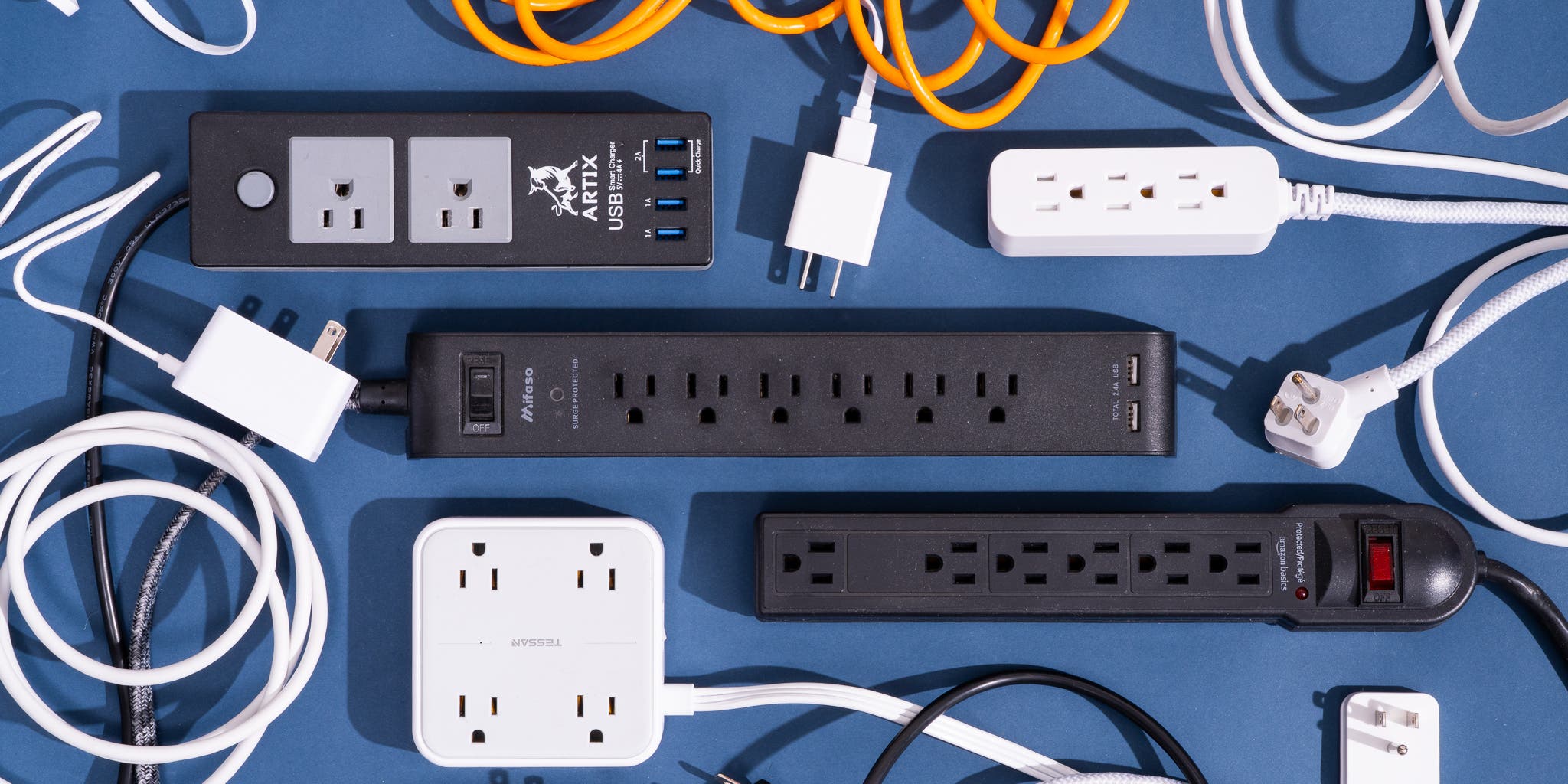
- Use a Single High-Quality Unit: Choose a surge protector with a sufficient joule rating for your needs and plug directly into a wall outlet.
- Install Whole-Home Surge Protection: For comprehensive coverage, hire an electrician to add a surge suppressor at your main electrical panel.
- Check for UL Certification: Ensure any surge protector meets safety standards like UL 1449 to avoid counterfeit risks.
Prioritize safety by avoiding chains. If your setup requires multiple outlets, opt for a power strip with built-in surge protection and adequate spacing.



